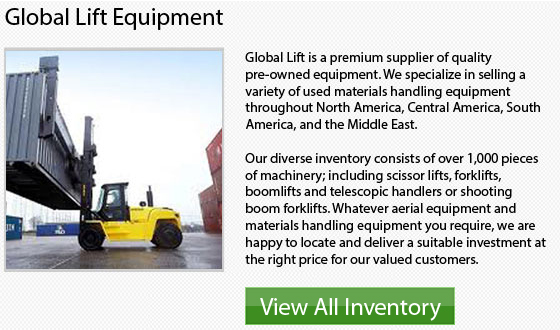
The number of decisions which need to be made when choosing a brand new or second-hand forklift can be overwhelming, whether you are thinking of expanding your business fleet of lift trucks or if you are beginning with your very first lift truck. There is such a huge array of options like electric models, internal combustion or IC engines or the latest hybrid lifts. Making time to know your requirements and get what you would like out of your machinery in order to facilitate loading and unloading applications for your dock or warehouse is truly crucial.
Of course a huge consideration like with the majority of big purchases is the upfront expense. Be sure to think about the long term expense associated with operating your forklift. Like for instance, keep in mind that your biggest expense in this category is going to be the fueling expenses connected with utilizing your lift truck.
Among the existing internal combustion lift trucks available on the market today, the diesel model tends to offer some of the cheapest fuel and operating costs. These forklifts can easily out-lift and out-power your average electric forklift.
Similar to all lift truck models, there are various advantages and disadvantages associated with diesel forklifts. The following is a brief buying guide for diesel lift truck units in order to help determine the unit best for all your needs and help you cut through the confusion. If you know about the possible pitfalls, you would be prepared to make a wise purchase.
More than likely the biggest advantage enjoyed with diesel forklifts is their low operating cost. Typically, diesel is the cheapest fuel choice for internal combustion lifts. Even if electric lifts are cheaper in the long run, they don't necessarily work the best for outdoor applications.
While diesel forklifts are great for outdoor applications, they are however not used properly indoors. The emissions from a diesel model could be dangerous if not ventilated correctly in an indoor warehouse. Additionally, diesel forklifts are significantly louder than their emission-free electric counterparts.